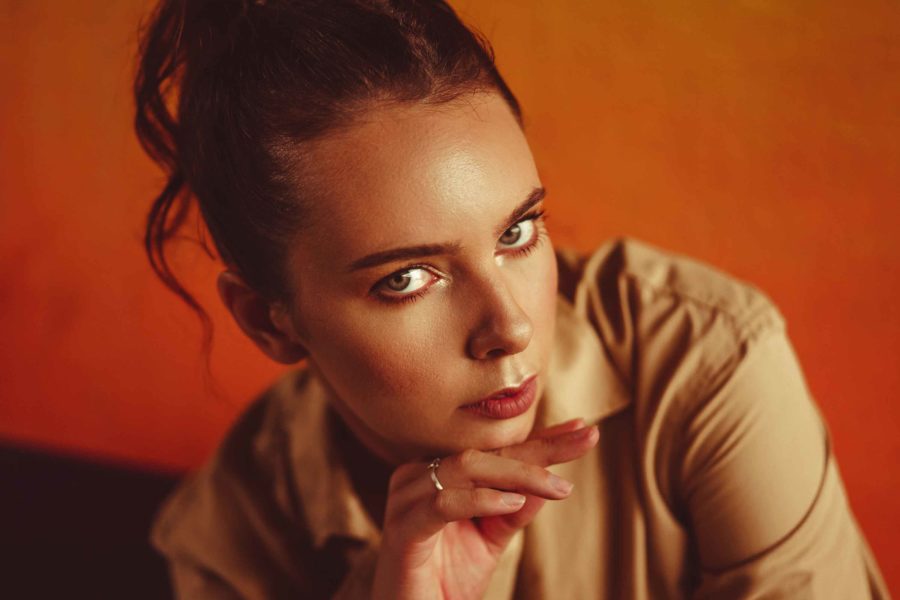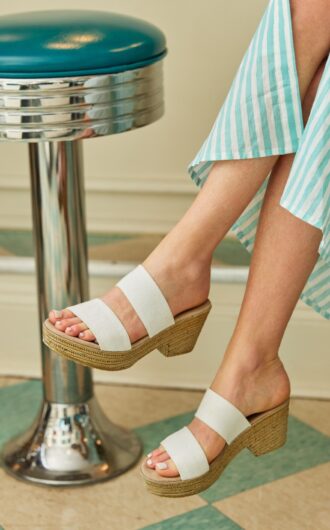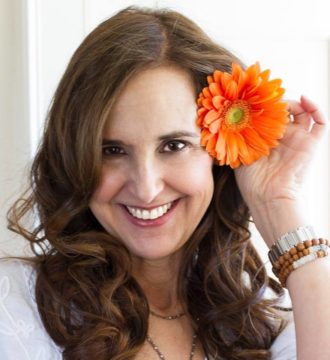There has been a lot of chatter over the last couple of years about the rise of the gig economy. And, certainly, there are many more freelancers today than ever in the past. But, before there were Uber drivers, independent Poshmark retailers and consultants of every kind, there were models.
In fact, for centuries models have been posing for photographers, painters and sculptors, on a gig basis and in their own right. If Manet wasn’t getting any commissions, then neither was his model.
Unless you’re a supermodel like Gisele or a catwalk queen like Duckie Thot, it’s a real challenge to take modeling full-time. Many of these beautiful women are also fiercely intelligent and have found success in alternative careers, while still picking up modeling gigs on the side for extra money or creative fulfillment.
Here, four Massachusetts women tell us about their day jobs, modeling gigs and how they found a sometimes-spot in front of the camera.
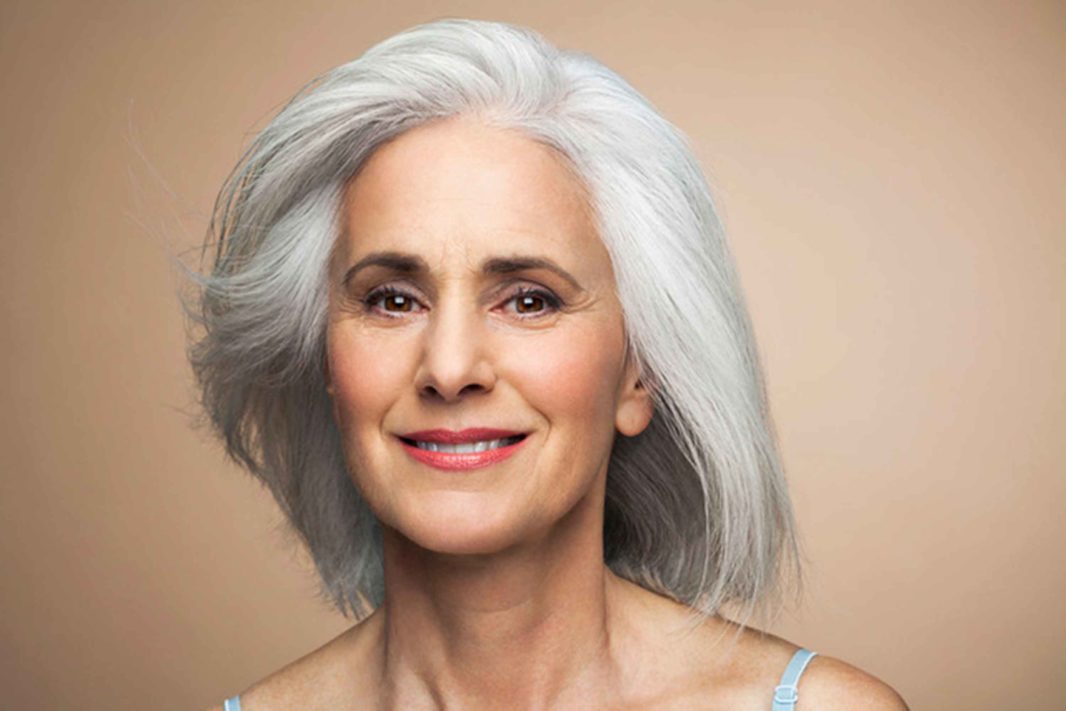
Photo courtesy of Elissa Campbell
Elissa Campbell’s stunning white hair got her into the modeling industry and People magazine.
The Silver Sensation
For Elissa Campbell, her modeling career began with her hair. Her hair went naturally gray, and then white, early on creating an eye-catching look.
“My husband was actually the one who got me to do it,” she says. That was in 2011 or 2012, by her estimate. “It’s always been a side thing,” says Campbell. “I have my own business in outdoor advertising.”
Having always been on the other side of marketing campaigns, Campbell says it was fun to be in front of the camera. One of the benefits of modeling at an older age, she says, is the lack of competition. The industry is very supportive, and she’s made a lot of friends on shoots. She’s represented by WSM Talent.
So far, the wildest gig of Campbell’s modeling career was also instigated by her husband.
Without telling her, he submitted a photo to People magazine for its “Real Beauty at Every Age” contest. With her stunning white hair, Campbell was chosen to represent the 50s category and was flown down to New York to be photographed for a spread in the magazine.
They also flew all the models out to Los Angeles to see a Queen Latifah show. “That was probably the most exciting experience I’ve had,” says Campbell.
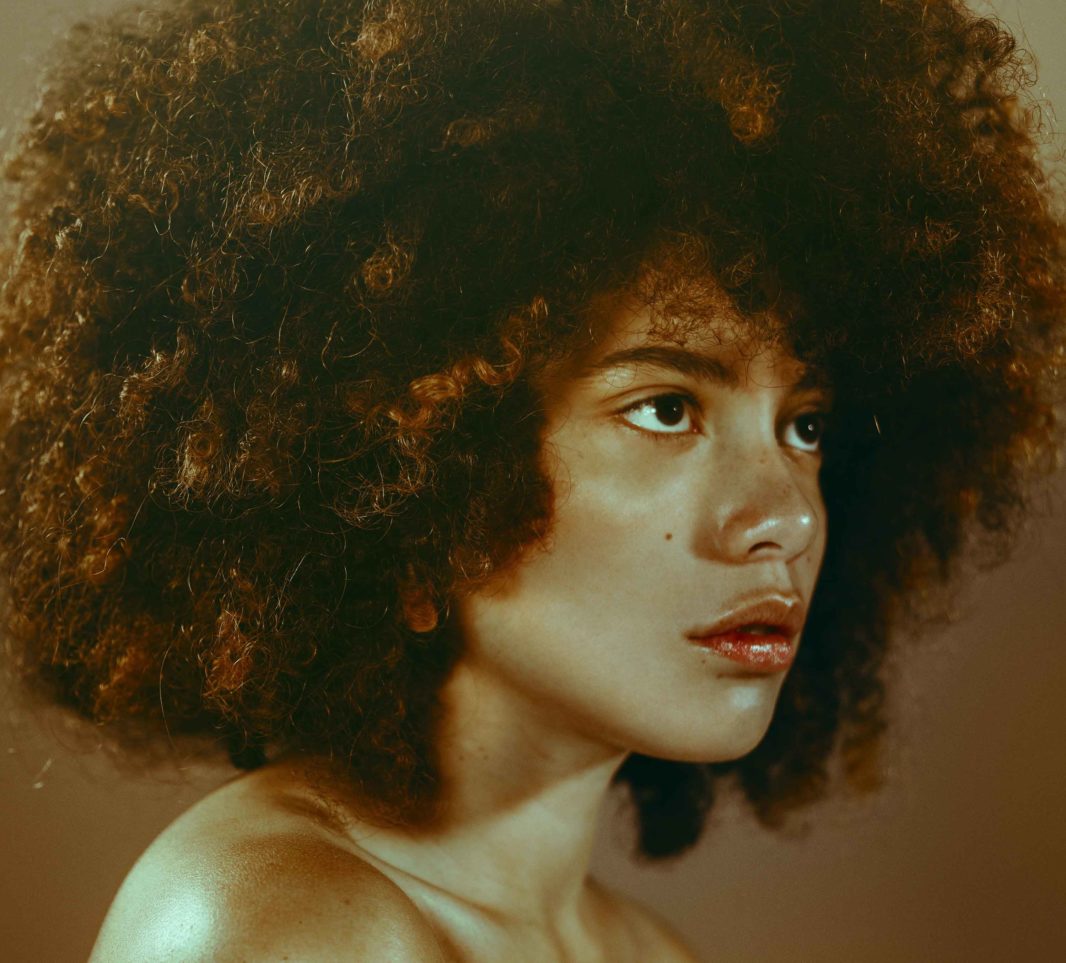
Photo by Mark Elzey
Dafne Saint-Hilaire models for fun on the side of her architecture day job.
The Model Architect
By day Dafne Saint-Hilaire works at an architecture firm creating plans for buildings all over the world and executing them through each step. By night and weekend, she’s a model.
“I never really thought I’d get into modeling,” she says. A friend asked if he could photograph her and then posted some of the photos on Instagram. Before she knew it, she was getting inquiry after inquiry for jobs.
“It’s definitely a side gig,” says Saint-Hilaire. “Architecture is a very creative field, and I take it pretty seriously. Modeling is a fun, more casual creative outlet.”
Saint-Hilaire also likes the instant gratification from modeling. After a shoot, she’ll get her photos within a week or two, whereas the buildings she helps design may not be built for years.
“I’d like to get published and maybe get signed,” she says, “but, it definitely takes a back seat to my architecture job.”
One experience that sticks out in Saint-Hilaire’s mind is an Ophelia-inspired shoot where she was required to lay in the cold, questionably clean Mystic River while maintaining a dreamy, other worldly expression.
The more Saint-Hilaire works in the industry the more she sees the art behind the gig. “I think it’s a really interesting form of self expression that often gets stigmatized.”
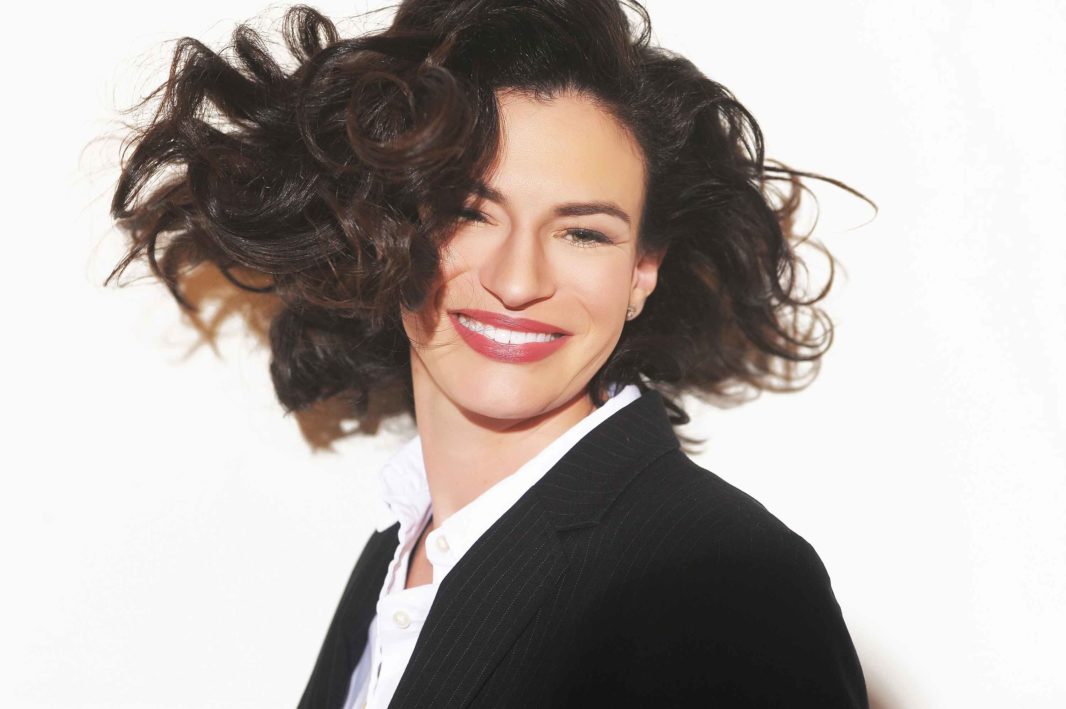
Photo courtesy of Siobahn Stoney
Siobhan Stoney models to balance her serious day job advocating for Cambridge veterans.
Gorgeous and Goat-Friendly
Siobhan Stoney has been modeling for five years and, like many gig economy jobs do, her career began with an online job posting.
“I responded to a Facebook post about an opportunity for moms and daughters,” she says. Since then she’s done a lot of solo work, as well as a few more shoots with her three daughters. She hopes this will show them that these opportunities are available, if they want them.
Modeling has provided a strong creative outlet for Stoney, who works by day for the City of Cambridge advocating for services for veterans and their dependents. “I help get financial benefits for the most vulnerable populations of veterans in Cambridge,” she says.
The important work can be emotionally heavy, so her modeling gigs provide balance. “It’s something I really look forward to,” she says. “If I had to pick a word it would be ‘joy.’”
One place Stoney didn’t expect modeling to take her was to the back seat of a car with a goat. She filmed a commercial for the New Hampshire Lottery that involved her casually chatting with her animal costar. “I was in a car with the goat for three hours,” she says, laughing. “People have called the me the goat wrangler.”
The Body Positive Pro
“It was probably my appreciation for fashion that brought me to modeling,” says Amandine Marie, who entered the industry as a teenager and is now represented by New England Models Group.
Having been working modeling gigs for many years, Marie says she’s able to see both the good and the bad of the industry.
She applies that knowledge to her work as a clinical psychologist. “I offer a unique perspective in holding both roles,” she says. “I see a lot of the ways in which they intersect.”
She’s treated patients who struggle with self-image issues because of the rigid standards of the modeling and fashion industries. In her early years Marie had similar experiences, which now allows her to relate to her patients. “A lot of the ways in which the fashion industry holds these rigid standards can be harmful,” she says. “It can lead to a lot of mental health issues.”
Having seen the impacts the industry can have mentally, Marie makes a conscious effort to be part of body positive shoots. She says one of her most memorable gigs was walking the runway during New York Fashion Week.
“It was this experience of hurry-up-and-wait in all forms throughout the day,” she says. “It was exhausting in the way that sitting on a plane is. You’re not really doing anything but maybe you rushed to the gate.”



 5 min read
5 min read